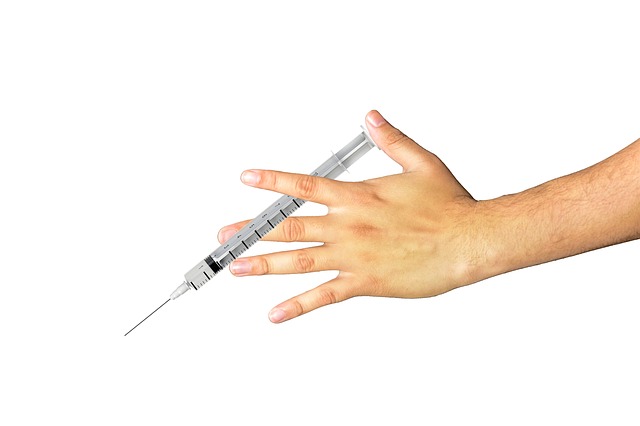How to Prevent Rubella
Rubella is a spring and winter-prone infectious disease. Rubella virus passes from person to person through respiratory droplets. A normal healthy person after contact with rubella patients may become infected.

Under normal circumstances, the virus enters through the respiratory system (nose and mouth) then into the body. The virus begins to breed in these areas, then into the lymph nodes on both sides of the neck, then through the blood flow, spreading to other parts of the body, causing systemic viremia and the disease. This time segment of the virus is called the “incubation period” and usually takes about 14 to 21 days.
Rubella disease, most people will have about 38 ℃ fever, headache, body boring, minor sore throat, and other upper respiratory symptoms, similar to – like a cold, this time is generally 1 to 2 days, these symptoms after rash less noticeable.
What are the symptoms of rubella?
Children with rubella usually first break out in a rash, which starts on the face and progresses down the body. Older children and adults usually first suffer from low-grade fever, swollen glands in the neck or behind the ears, and upper respiratory infection before they develop a rash. Adult women often develop pain and stiffness in their finger, wrist, and knee joints, which may last up to a month. Up to half of the people infected with the rubella virus have no symptoms at all.
How serious is rubella?
Rubella is usually a mild disease in children; adults tend to have more complications. The main concern with rubella disease, however, is the effect it has on an infected pregnant woman. Rubella infection in the first trimester of pregnancy can lead to fetal death, premature delivery, and serious birth defects.
What are the possible complications of rubella?
Encephalitis (brain infection) occurs in one in 6,000 cases, usually in adults. Temporary blood problems, including low platelet levels and hemorrhage, also occur rarely. Up to 70% of adult women with rubella have pain and/or swelling of the joints, which is usually temporary.
The most serious complication of rubella infection is Congenital Rubella Syndrome (CRS), the result when the rubella virus attacks a developing fetus. Up to 85% of infants infected during the first trimester of pregnancy will be born with some type of birth defect, including deafness, eye defects, heart defects, mental retardation, and more. Infection early in the pregnancy (less than 12 weeks gestation) is the most dangerous; defects are rare when infection occurs after 20 weeks of gestation.
Is there a treatment for rubella?
There is no “cure” for rubella, only supportive treatment (e.g., bed rest, fluids, and fever reduction.)
How do I know if a child has rubella?
Because the rubella rash looks similar to other rashes, the only sure way to diagnose rubella is by a laboratory test.
How long is a person with rubella contagious?
The disease is most contagious when the rash is erupting, but the virus can be spread from seven days before, to 5–7 days after the rash begins. People with rubella without symptoms can also transmit the virus.
What should be done if a child is exposed to rubella?
If the child has not been vaccinated against rubella, receiving the vaccine after exposure to the virus will not help prevent disease if the child has already been infected. However, if the child did not become infected after this particular exposure, the vaccine will help protect him or her against future exposure to rubella.
Why do people call rubella “German measles”?
Rubella is also known as German measles because the disease was first described by German physicians in the mid-eighteenth century, hence German measles.
How to Prevent Rubella Disease?
Article Information Provided by Vaccines.Org



